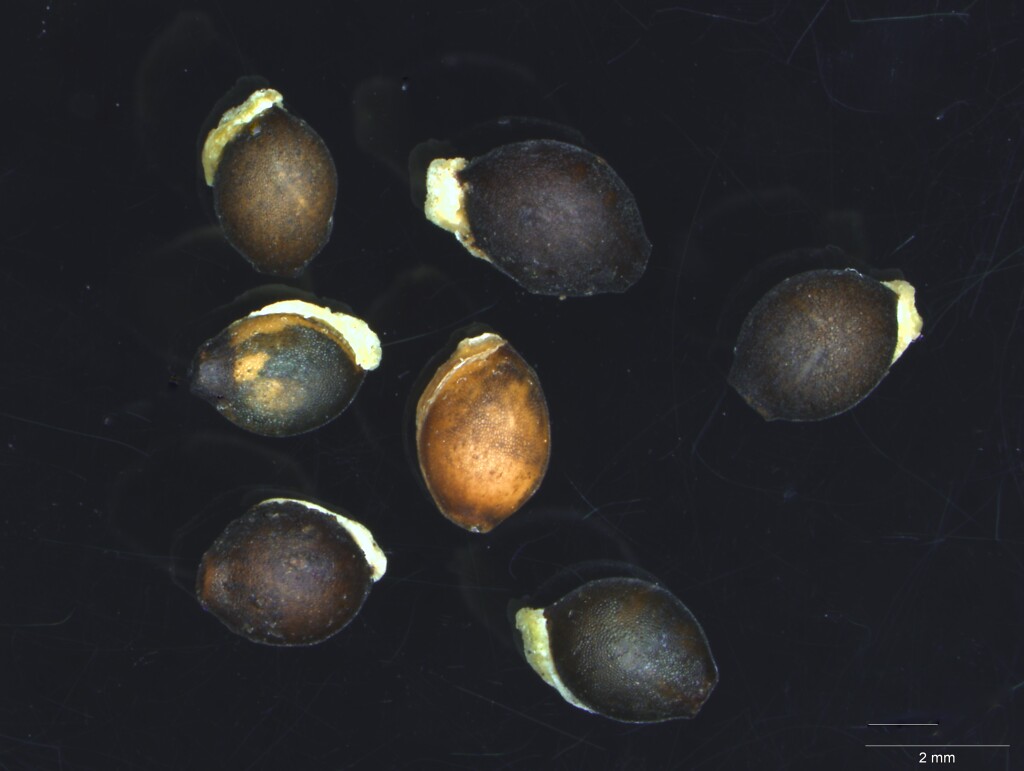Pigea
Ging.Perennial herbs or shrubs, (in Victoria) glabrous. Leaves alternate or in clusters, rarely opposite, sessile or petiolate, entire to toothed; stipules present or absent. Inflorescence axillary or terminal, flowers solitary or in raceme or cyme. Sepals subequal; petals unequal, lower petal longer than others, spurred, clawed, with broad lamina, lower pair linear, lateral pair broader; staminal filaments short, anthers free but cohering by narrow wings, often with appendages, the 2 lowermost anthers with basal nectaries; ovary globose, style clavate, curved at the apex. Fruit a capsule, coriaceous, glabrous, dehiscing into 3 boat-shaped valves; seeds 2–5 per valve, smooth, pitted or reticulate.
In resurrecting Pigea, Forster 2021 recognised 31 species, treating the genus as a synonym of Afrohybanthus Flicker, a genus of the paleotropics (Africa, Madagascar, southern Asia, northern Australia and the SW Pacific). However Wahlert et al. (2014) and subsequently Flicker and Ballard (2015) considered Pigea to comprise a monophyletic group of species from temperate Australia and islands of the South Pacific. In this more restricted sense, Pigea comprises 10 species from Australia and 3 (not yet transferred to that genus) from South Pacific islands.
Entwisle, T.J. (1996). Hybanthus. In: Walsh, N.G.; Entwisle, T.J., Flora of Victoria Vol. 3, Dicotyledons Winteraceae to Myrtaceae, pp. 367–369. Inkata Press, Melbourne.
 Spinning
SpinningSynonyms
Flicker, B.J.; Ballard, H.E. (2015). Afrohybanthus (Violaceae), a new genus for a distinctive and widely distributed Old World hybanthoid lineage. Phytotaxa 230(1): 39–53.
Forster, P.I F. (2021). Reinstatement of Pigea Ging., an earlier generic name for the spade flowers previously included in Afrohybanthus Flicker (Violaceae). Austrobaileya 11: 31.
Wahlert, G.A.; Marcussen, T.; de Paula-Souza, J.; Feng, M.; Ballard, H.E. (2014). A Phylogeny of the Violaceae (Malpighiales) Inferred from Plastid DNA Sequences: Implications for Generic Diversity and Intrafamilial Classification. Systematic Botany 39(1): 239–252.

